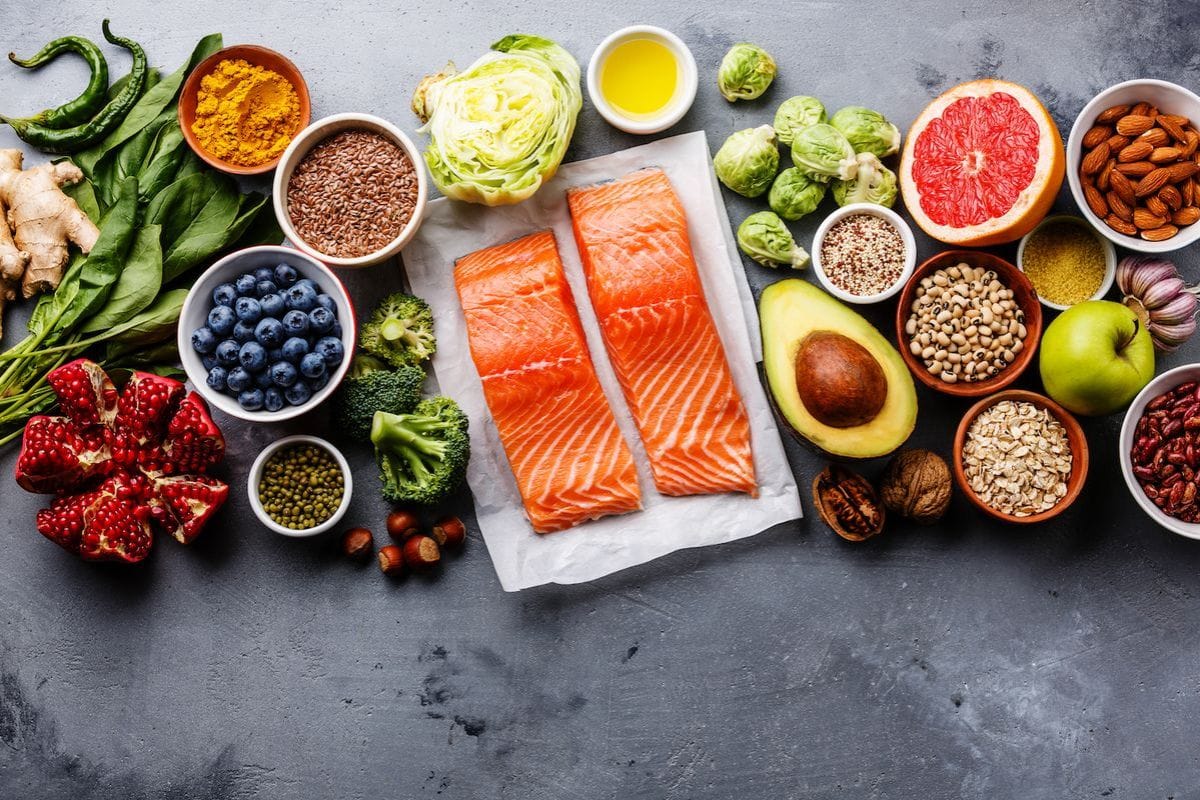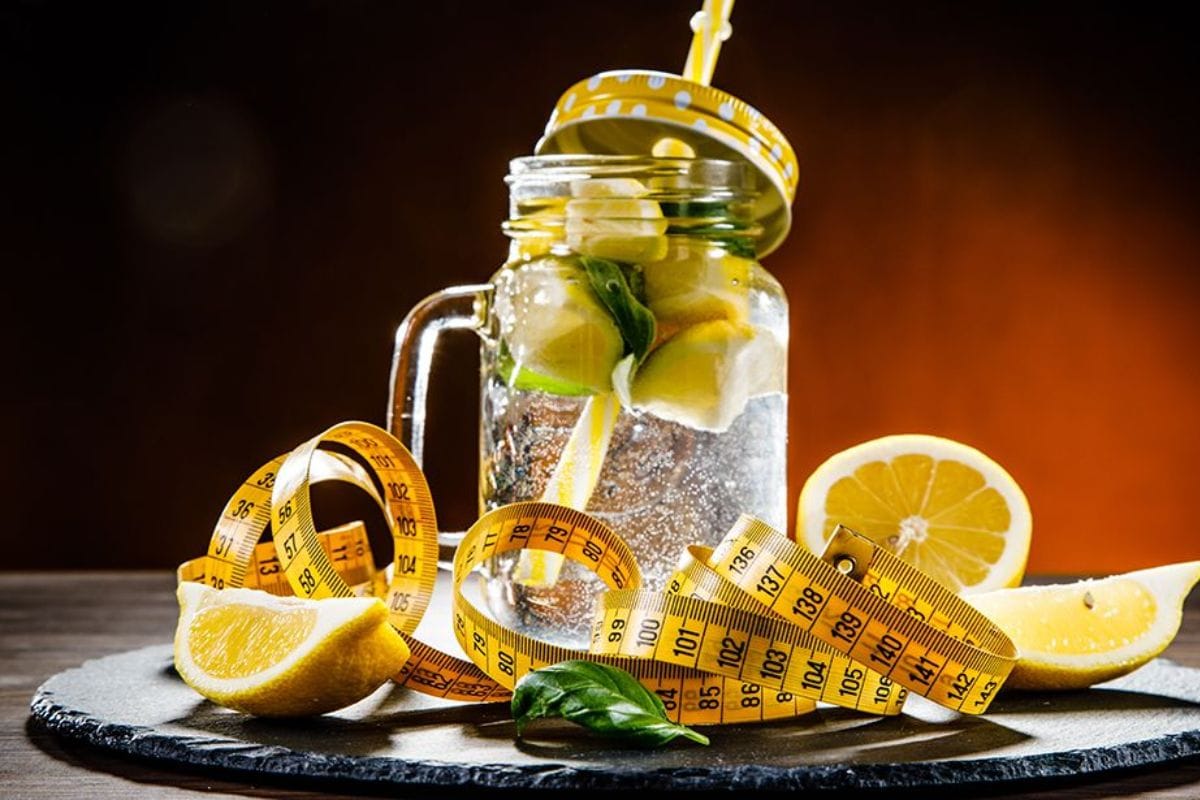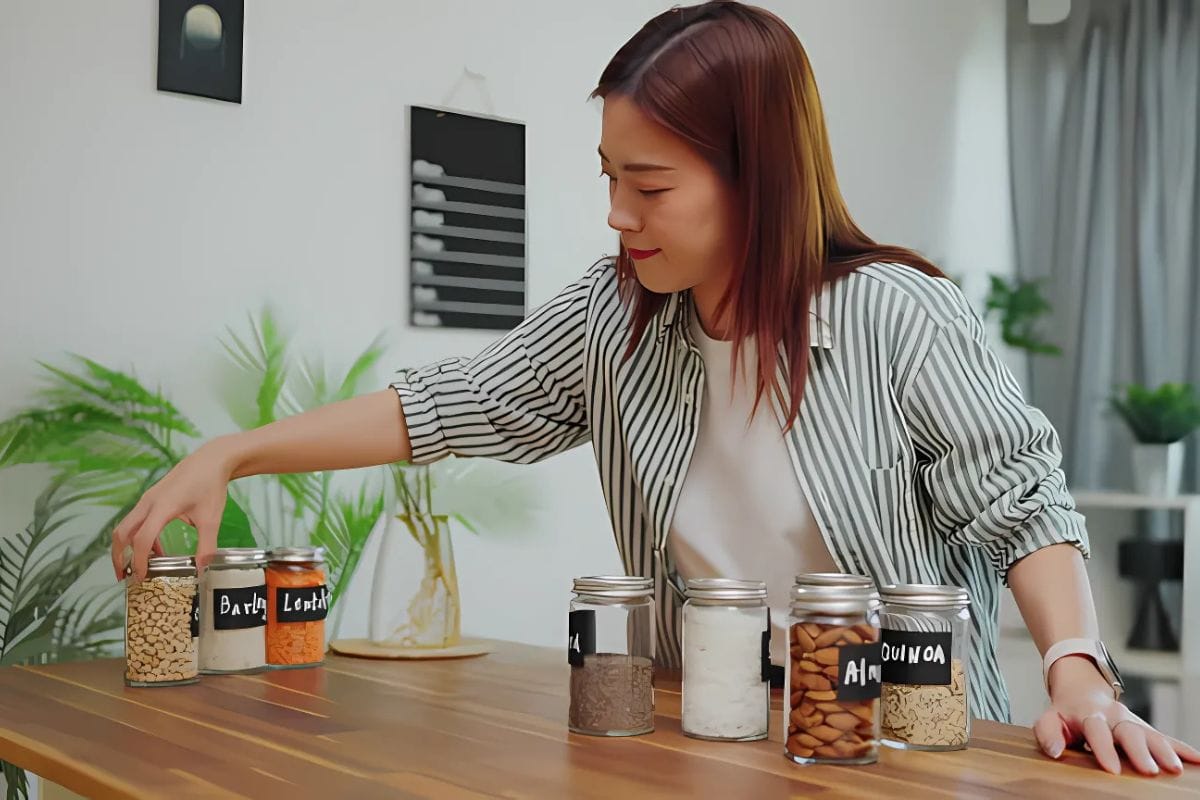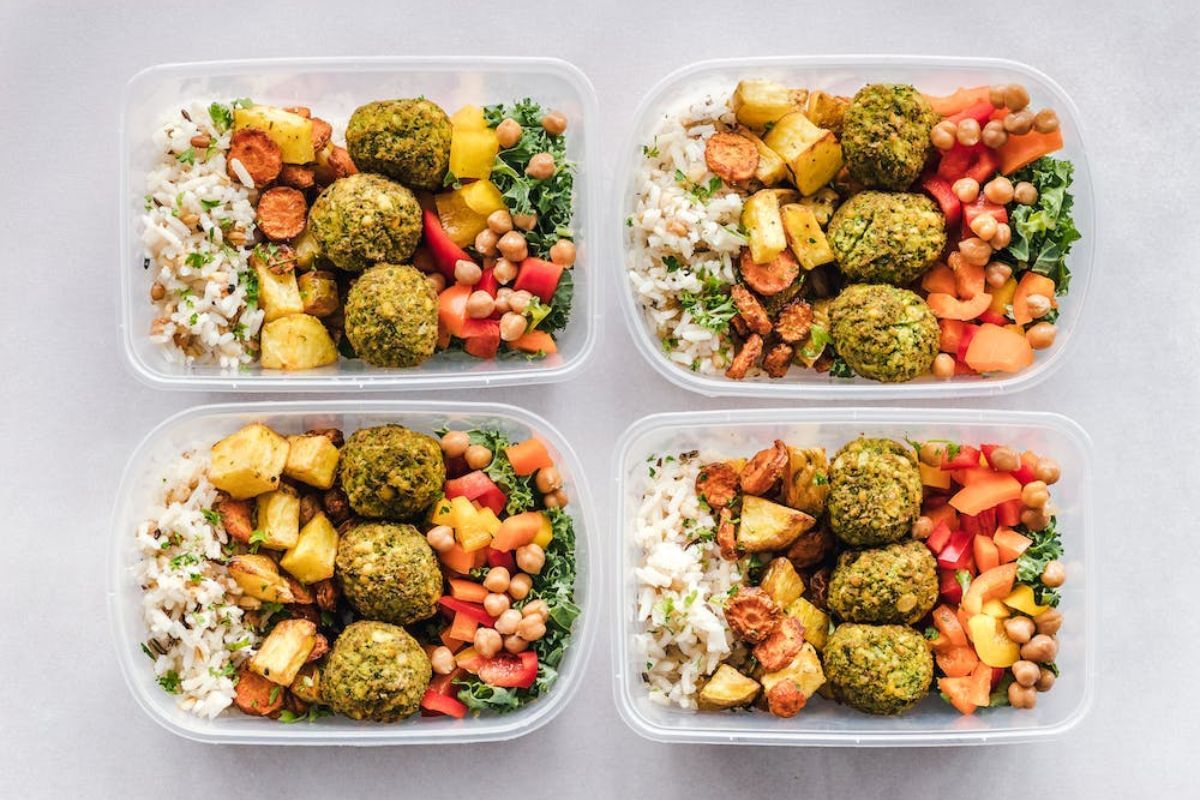Walk into any grocery store or scroll through your feed, and you’ll see it; acai bowls topped with goji berries, green juices promising to “detox” your life and diet plans that swear you’ll drop five kilos in a week. Superfoods and fad diets are everywhere, each claiming to be the key to a healthier, better you. But with all the noise, how do you know what actually works and what’s just clever marketing?
Are superfoods really all that super? And are fad diets just setting you up for a cycle of short-term wins and long-term setbacks? Sift through the buzz and get to the heart of what really supports a healthy lifestyle.
What Exactly Are Superfoods?

Superfoods are natural, nutrient-dense foods known for their high concentration of vitamins, minerals, antioxidants and healthy fats. While the term isn’t rooted in scientific classification, it’s widely used to describe foods that offer significant health benefits beyond basic nutrition.
These foods are known to support various functions in the body, such as strengthening the immune system, reducing inflammation, improving heart health and aiding in digestion. Many superfoods are also rich in antioxidants, which help protect cells from damage caused by free radicals; a factor linked to aging and chronic disease.
Some contribute to better cognitive function and mental clarity, while others help maintain energy levels and support metabolic health. They are often low in calories but high in essential nutrients, making them a smart addition to any balanced diet.
Incorporating superfoods regularly can help build a stronger foundation for long-term wellness. However, they work best when consumed as part of a varied and balanced eating pattern rather than as quick fixes or miracle ingredients.
Popular Superfoods
The growing interest in health and wellness has brought several superfoods into the spotlight. While some are newly trending, others have been part of traditional diets for centuries. Here’s a look at some of the most popular superfoods and why they’ve earned their place on the list.
- Blueberries – Packed with antioxidants that support brain health and fight inflammation.
- Avocados – Rich in heart-healthy fats and potassium that help regulate blood pressure.
- Salmon – A top source of omega-3 fatty acids that promote heart and brain function.
- Spinach – Loaded with iron, calcium, and vitamins that support bone and blood health.
- Chia Seeds – High in fiber and omega-3s, great for digestion and energy.
- Turmeric – Known for its anti-inflammatory properties, thanks to the compound curcumin.
- Greek Yogurt – Full of probiotics and protein, ideal for gut health and muscle repair.
- Sweet Potatoes – A great source of complex carbs, fiber and beta-carotene.
- Green Tea – Contains antioxidants like catechins that boost metabolism and protect cells.
- Dark Chocolate (70% or higher) – Provides flavonoids that improve circulation and support mood.
What Are Fad Diets?

Fad diets are those trendy eating plans that seem to pop up overnight, promising quick fixes and dramatic results. They often come with bold claims; “Drop 10 kilos in two weeks” or “Detox your body in three days.” What sets them apart is their popularity surge, their strict rules, and their one-size-fits-all approach.
At their core, fad diets usually focus on extreme restriction. Whether it’s drastically cutting calories, eliminating entire food groups, or timing your meals down to the minute, these diets often prioritize short-term weight loss over long-term health. And while they might seem science-backed on the surface, many lack solid evidence or long-term studies to support their effectiveness or safety.
One thing that makes fad diets so appealing is their simplicity. In a world where nutrition can feel overwhelming, these plans offer clear do’s and don’ts. But that simplicity often ignores the complexity of the human body. Our nutritional needs vary based on genetics, activity levels, sleep, stress and even gut health. A diet that works for one person might not work for another; and that’s completely normal.
Another red flag? Fad diets often market themselves as “revolutionary” or “hidden secrets the health industry doesn’t want you to know.” That kind of language is designed to hook you emotionally, not educate you. They feed on instant gratification, which is why so many people jump in headfirst… only to burn out just as fast.
In the long run, most of these diets don’t just fail to deliver sustainable results; they can leave people feeling frustrated, tired, and disconnected from their own hunger cues. And that’s the real danger. When eating becomes more about rules than nourishment, we lose touch with what our bodies actually need.
Popular Fad Diets That Made Headlines
Over the years, certain diets have gained massive popularity, not necessarily because they work long-term, but because they promise fast results and ride the wave of social media buzz. Here’s a look at some of the most talked-about ones that have had their moment in the spotlight.
The Cabbage Soup Diet
This one’s been floating around for decades. It’s exactly what it sounds like; eating mostly cabbage soup for a week, with a few additions here and there. The idea is to drop weight fast, but let’s be honest, it’s more water loss than fat, and not something most people can stick to without serious food boredom setting in.
The Master Cleanse
Also known as the lemon detox diet, this plan involves drinking a mix of lemon juice, maple syrup, cayenne pepper, and water for several days. No solid food. While some swear by it for a quick detox, it’s low in nutrients and calories, leaving many feeling drained and dizzy rather than “cleansed.”
The Grapefruit Diet
Another old-school fad that made a comeback thanks to TikTok trends. This one involves eating half a grapefruit before every meal with the belief that it triggers fat burning. The science behind it? Shaky at best. The restrictive calorie intake is usually what causes the weight loss, not the fruit itself.
The Alkaline Diet
This diet is based on the idea that eating alkaline foods (like veggies and nuts) and avoiding acidic ones (like meat, dairy, and grains) can change the body’s pH level and prevent disease. While the emphasis on plant-based eating isn’t a bad thing, the concept of “changing your pH” through food doesn’t really hold up under medical scrutiny; your body does a fine job of regulating that on its own.
The Cotton Ball Diet
Yes, this one actually exists, and it’s as concerning as it sounds. Some people have tried eating cotton balls soaked in juice to feel full without consuming calories. It’s risky, dangerous and a strong example of how far fad diets can go when people are desperate for quick results.
The Keto Diet
High fat, very low carb; the keto diet pushes the body into a state of ketosis, where it burns fat for energy instead of carbs. While some people have seen results with it, especially for short-term weight loss, it’s not easy to sustain, and cutting out major food groups can come with nutritional gaps. Long-term adherence can also be tough on the liver and gut if not properly balanced.
The Paleo Diet
Inspired by how our ancestors supposedly ate, the paleo diet cuts out grains, legumes, dairy, and processed foods. It encourages whole foods like meat, nuts, fruits and veggies. While it’s less extreme than some other fads, the restrictive nature can be a challenge, especially for those who thrive on a more varied diet.
Raw Foodism
The idea behind raw food diets is simple: heat destroys nutrients, so keep it raw and natural. Followers stick to uncooked fruits, vegetables, nuts and seeds. While it does push people toward more whole foods, eating 100% raw can make it hard to get enough protein, iron and calcium, especially over time.
Low Carb Diets
These come in many forms, from Atkins to more general low-carb approaches. The idea is to limit carb intake and rely on protein and fat for energy. While cutting back on processed carbs has its benefits, going too low can lead to fatigue, mood swings and difficulty maintaining the diet long term.
What Actually Works?

Here’s the deal: health isn’t about chasing the next trend. It’s about building a lifestyle that supports your body day in and day out. No detox teas. No five-day miracle plans. Just smart, consistent choices that add up over time.
Let’s look at what really moves the needle when it comes to feeling and living better:
1. Eat Real, Not Perfect
Forget chasing the “perfect diet.” Focus on real food; the kind that doesn’t come in a box with twenty ingredients you can’t pronounce. Whole foods like vegetables, fruits, legumes, whole grains, nuts, seeds, lean proteins and healthy fats should make up the bulk of your meals.
Fun fact: a study published in The New England Journal of Medicine found that people who consistently added more nuts, olive oil, fruits and vegetables to their diets significantly lowered their risk of heart disease, without any extreme restrictions.
2. Portion Control Over Elimination
You don’t have to give up bread forever or say goodbye to rice. Instead of cutting carbs or going fat-free, pay attention to how much you're eating. Balanced portions go a long way. Your body needs all the macronutrients like carbs, fats and proteins just in the right ratios.
Try the “plate method”: half your plate vegetables, a quarter lean protein, and a quarter whole grains or starches. It’s simple, visual and effective.
3. Fiber is Your Best Friend
It’s not the trendiest word in the wellness world, but fiber is a game-changer. It keeps your gut happy, helps regulate blood sugar, and keeps you full longer, which means fewer cravings. You’ll find it in foods like lentils, oats, apples, chickpeas, chia seeds and broccoli.
And here’s a surprising stat: most people eat less than half the recommended daily fiber intake. Adding just a few fiber-rich foods can make a noticeable difference.
4. Consistency Beats Intensity
You don’t need a perfect diet; you need a sustainable one. The same goes for exercise. One solid workout a week won’t cancel out a sedentary lifestyle. But 30 minutes of daily movement, even walking, can improve your metabolism, energy levels and mental health.
Think long-term. What can you stick to on a regular Tuesday when life gets busy? That’s what matters.
5. Quality Sleep and Stress Management
No amount of kale can fix the damage poor sleep or chronic stress can do. When your body’s under pressure, it craves sugar and fat, throws off your hunger hormones, and holds onto weight. Prioritising 7–9 hours of sleep and finding small ways to manage stress like deep breathing, journaling or even just unplugging from your phone, is just as important as your diet.
6. Hydration is Non-Negotiable
Often overlooked, staying hydrated supports digestion, brain function and energy levels. And no, coffee doesn’t count. Aim for at least 2 to 2.5 liters of water a day; more if you’re active or living in a hot climate like the UAE.
Try this: start your day with a glass of water before coffee. It helps wake up your system and sets the tone for better habits throughout the day.
So, Superfoods or Fad Diets?
If you're choosing between superfoods and fad diets, think long-term. Superfoods may not have flashy promises, but their benefits are backed by science. For instance, turmeric contains curcumin, known for its anti-inflammatory effects. Walnuts support brain health, and fermented foods like kimchi or yogurt aid gut health; which plays a major role in immunity, mood, and digestion.
On the other hand, fad diets often lack balance. Cutting carbs completely can leave you tired and moody. Juice cleanses? You lose water weight, not fat and miss out on vital nutrients like protein and fiber.
Healthy living isn’t about choosing one miracle food or swearing off entire food groups. It's about daily, doable choices. Superfoods can boost your health, but only when they're part of a bigger, balanced picture. So skip the extremes.
Instead of asking, “What diet should I try next?”, maybe ask, “What can I eat today that makes me feel good tomorrow?”
No hacks. No gimmicks. Just real food, real movement, and real results.
Also Read:


















